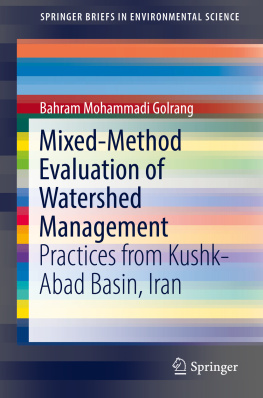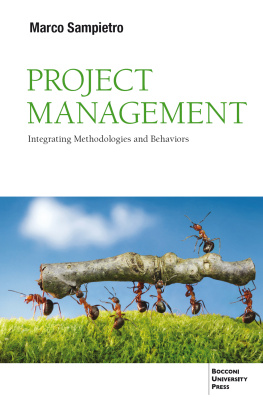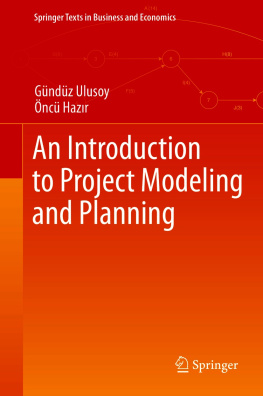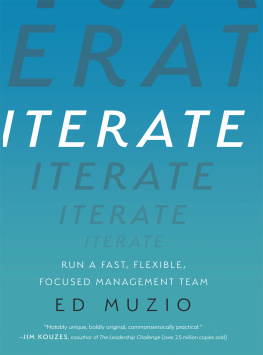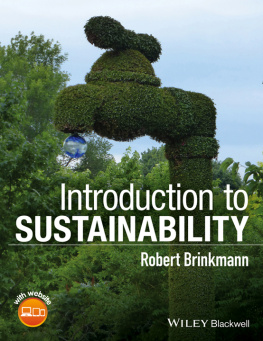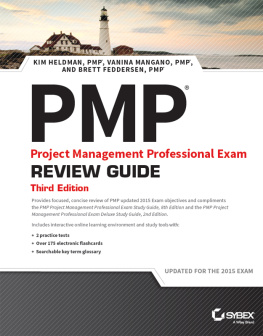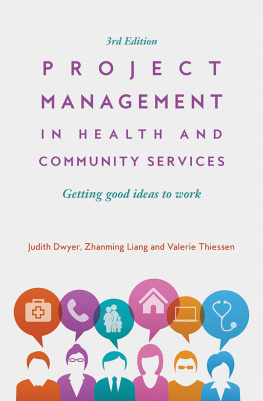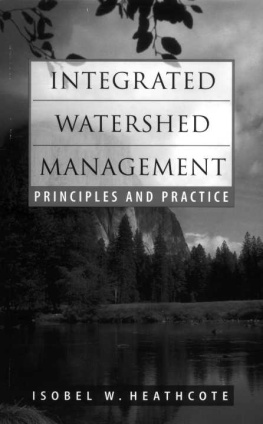1. Introduction
Watershed management involves the process of implementing land and water conservation practices for the benefit of affected watersheds. Population growth in Iran coupled with rural development and increasing agriculture practice had led to overgrazing and forest logging which leads to many environmental and socio-economic issues in the rural watersheds (Zarekia, Jafari, Arzani, Javadi, & Jafari, ).
After land reforms in the early 1960s, the natural resources in Iran were managed and monitored by the respective government and agencies (Bagherian, Goodarzi, & Shadfar, ). According to the United Nation Development Program (UNDP) report in 2006, Iran faces serious environmental challenges, acknowledging that the natural resources have been substantially degraded. In this regard, the Iranian government established several policies related to sustainable management of land and water resources which were mostly top-down strategies which were unfortunately, not successful.
Watershed evaluation can be approached via two main methods, i.e., quantitative and qualitative (Kerr, ).
This study evaluates the watershed operations or watershed management techniques used in the Khushk-Abad Basin (KAB) in Iran. This work was conducted in collaboration with the Ministry of Agriculture (MoA) and Ministry of Jihad Sazandegi.
The KAB is one of the sub-watersheds of the bigger Kardeh watershed where agriculture is important. The Kardeh reservoir also supplies water for irrigation to agricultural lands downstream of Kardeh and drinking water for the city of Mashhad. Following the implementation of structural measures and biological techniques in KAB is considered an important than in the Khorasan Razavi province specifically and Iran generally. Pervious work in KAB had been written on the importance of this area with respect to implementation of watershed management procedures but there is little work conducted in the technical, economic, and social assessments to determine the strengths and weaknesses of the intent of watershed management in this part of the Kardeh basin.
1.1 Statement of the Problem
The Kushk-Abad Basin (KAB) is one of the sub-watersheds of the important Kardeh watershed which is responsible for irrigation to agricultural lands downstream of Kardeh and drinking water for Irans second largest city, Mashhad. Because of its important role in the provision of water resources, there were numerous watershed management projects in this region. In fact, because of the implementation of various structural and biological measures in this region, KAB is considered a very important area in the Khorasan Razavi province specifically and in Iran generally. Apart from water resource, KAB has regional implications with regards to essential watershed management operations. Some of these problems can be listed as follows (Tabatabai, Ghoddousi, Golrang, & Abasi, ):
High sedimentation rate of 11.24 tones per hectare per year
Destructive flash floods due to rocky and steep slopes and rugged terrain
High livestock pressure (six times over the permitted capacity) on poor and very poor rangelands
High water demand from wells and Qanats
High migration to urbanized areas due to economic poverty and lack of education
Low people participation in watershed programs
The problems listed above have placed KAB area in a challenging position. In this regard the government of Iran has established several policies on sustainable management of land and water resources in recent years. Watershed projects were conducted to reduce basin runoff and improve soil protection. These projects are usually time-consuming and very expensive to implement. Therefore, the assessment of these watershed management operations is a major issue which requires investigation and in-depth analysis. In view of these issues, the examination into the strengths and weaknesses of the projects are considered to be very important for the preparatory stage for the next generation of watershed management projects and future developments plans and programs. Evaluation of implemented watershed projects can lead to optimizing similar watershed projects elsewhere. During the evaluation exercise, the questions that require satisfactory responses were primarily dealing with: Have the watershed management operations been successful? Are we achieving what was expected?
Another important issue is the problem of people participation in watershed management projects. Despite the importance of KAB and implementation of watershed operations, there is very little research devoted to investigation of social watershed operations in this area (Ahmadi et al., ).
For sustainable and better management of natural resources, various policies have been devised, the most promising of which is the management of natural resources through participation of the local people and beneficiary communities. In recent years, the government of Iran has developed this approach in natural resources management in several rural areas with the KAB Watershed Management Program (WMP) being one of these participatory programs.
However, the involvement of local people in natural resources management activities has been often difficult (Rehman & Chisholm, ). Therefore, there is a great need to know the level of participation by the local communities and explore the factors which makes participation efforts successful.
Many studies have developed various and sometimes different views concerning the dimensions of participation. These studies were usually descriptive in nature and focused on demographic and socio-economic factors (Masiah, ). In response to this, more complex behavioral approaches have also been proposed, paying attention to a number of farmers personal characteristics, such as motivation, values, and attitude.
Up to a few years ago, researchers have entered a stage explaining farmers behavior using principles of social psychology and behavioral models (Searle, ). In Iran, there is limited research conducted in the context of participation using such models or approaches especially in watershed management programs. This study attempts to analyze peoples participation in WMP based on social exchange and reason action theory to examine the relationship of these theories with participation to provide a better understanding of participation in WMP in Iran.
1.2 Research Questions
The main purpose of this study is to evaluate the watershed management operations namely, technical and social in WMP and addresses following questions:
Among the constructed (structural and bio-engineering) constituents which one has been more effective and functional?
Which of the quantitative and qualitative methods in assessing the technical watershed management operations is more appropriate?
Which kind of the constructed (gabion, loose stone, brush-wood, and earth-fill) check dams in the watershed basin have been more useful?
Which kind of the bio-engineering (seeding, planting of seedling, contour furrowing, tree planting, and shrub planting) in the watershed basin has been more useful?
What are the peoples socio-demographic characteristics in KAB?

